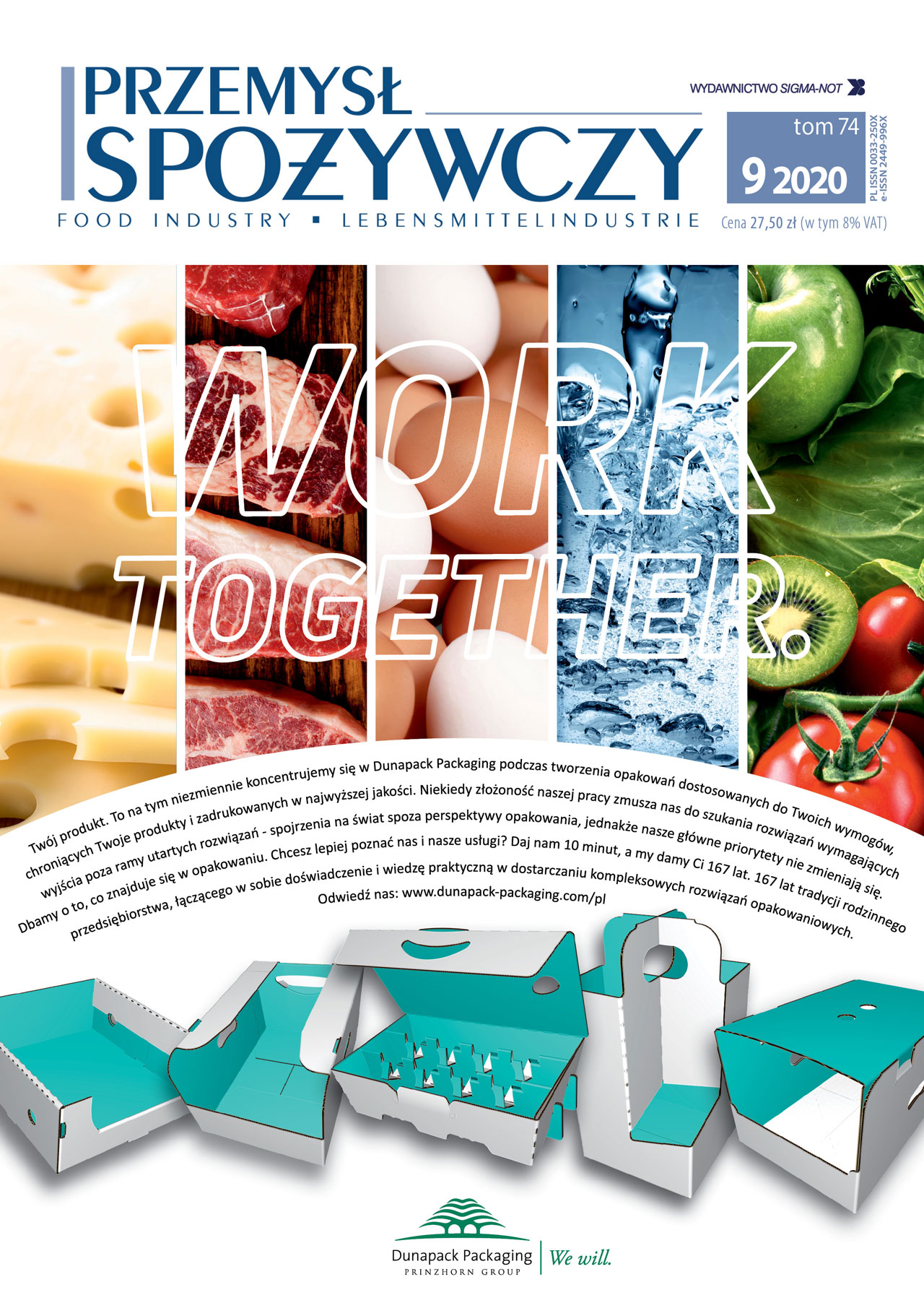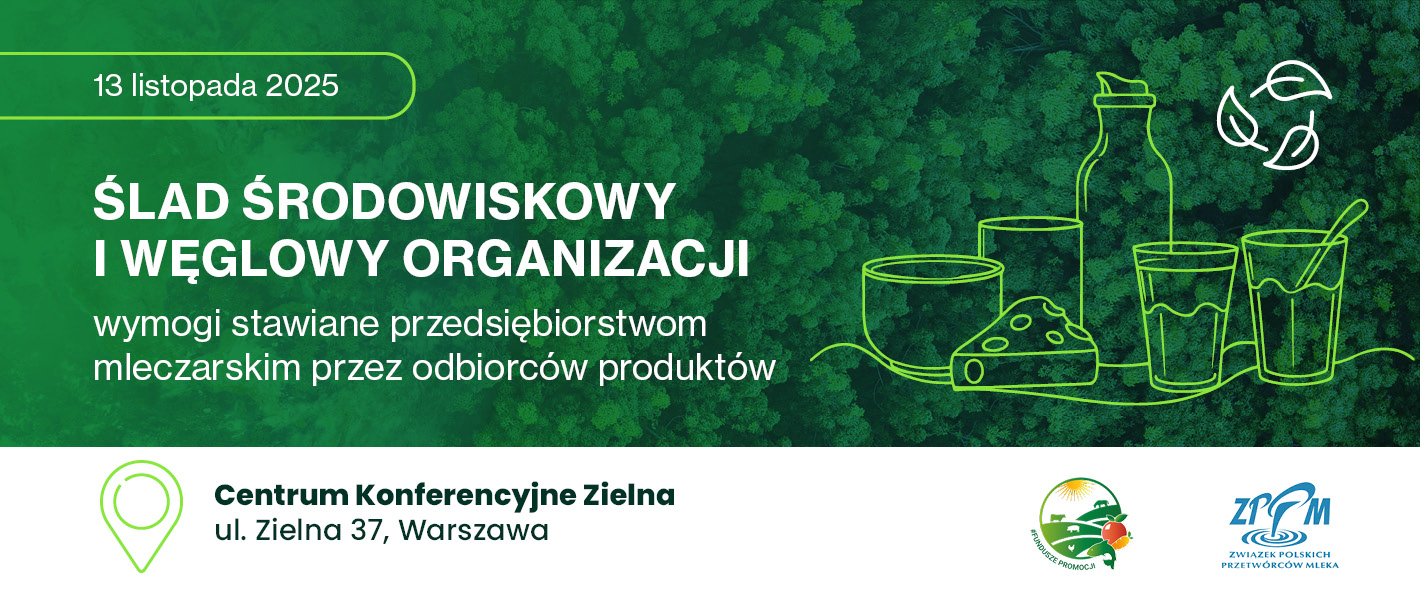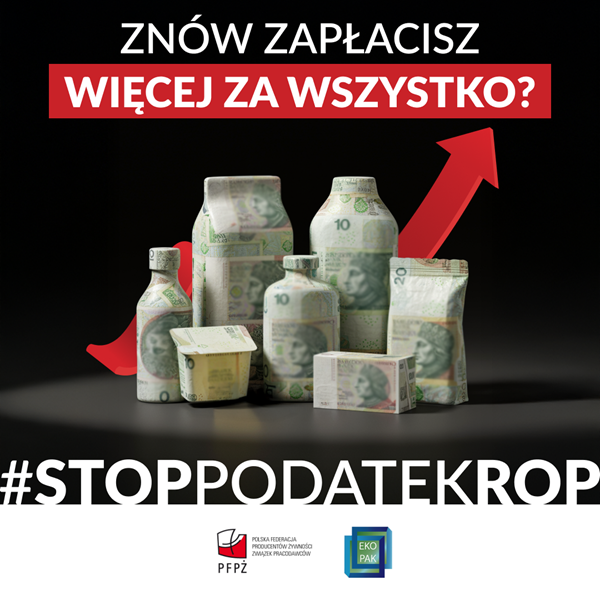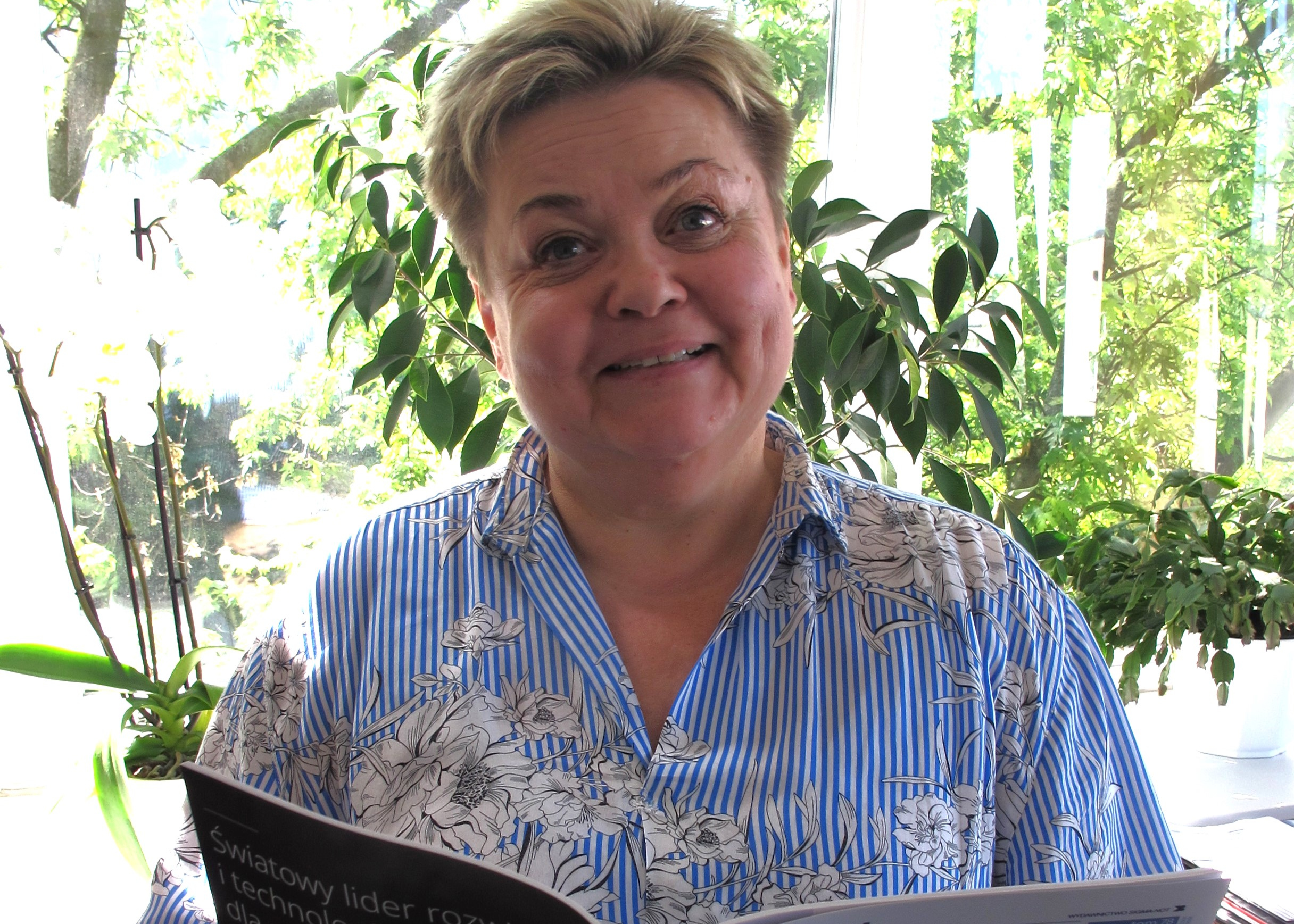ECONOMY
- 5 Poland’s Agri-Food Trade with Canada: Three Years After the CETA Implementation – Łukasz Ambroziak (DOI 10.15199/65.2020.9.1)
The purpose of the article is to assess the impact of the Comprehensive Economic and Trade Agreement (CETA) on Poland’s agri-food trade with Canada three years after the CETA implementation. Trade liberalization under the agreement was not associated with a significant increase in Polish food exports to Canada. EU exporters benefited more from the CETA. Despite the abolition of customs duties on imports to Canada, Polish exports of chocolate products decreased. Increased, among others, sale of waffles and wafers, cigarettes, sugar syrups, canned sardines and sprats, cheese and apple concentrate. Significant increases in exports were also recorded for those products that had duty-free access to the Canadian market before the CETA came into force, including black tea, smoked salmon and coffee-based products. Obtaining duty-free access to EU imports contributed to the growth of Polish imports from Canada, among others frozen soft fruits (including cranberries and blueberries), processed cranberries, and cranberry juice.
KEY WORDS: Comprehensive Economic and Trade Agreement (CETA), foreign trade, agri-food products, Poland, Canada
TECHNICS – TECHNOLOGY
- 12 Efficiency of Ozone Treatments in Deactivation of SARS-CoV-2 in Enclosures of the Food Production Plant – Stanisław Ignatowicz (DOI 10.15199/65.2020.9.2)
Ozone (O3 ) is widely known to be one of the most effective disinfectants available to destroy pathogenic fungi, bacteria and viruses, including the virus SARS-CoV-2 that causes COVID-19. As a gas ozone can penetrate all areas within a room or enclosure, including crevices, fixtures, fabrics, and the undersurfaces of objects like furniture, much more efficiently than manually applied liquid sprays and aerosols. Ozone with a good penetration capacity, strong oxidizing power and with its disinfection efficiency is superior to biocidal chemicals. Therefore, with increasing frequency, O3 is being used to effectively disinfect rooms, buildings and warehouses, as well as processing and storage facilities of food industry. As ozone disinfection is conducted in unoccupied room only and all the residual ozone will be decomposed after the treatment, ozone toxicity to human is therefore not a concern. Thus, ozone is recommended to be used more common in disinfection of SARS-CoV-2-contaminated environments.
KEY WORDS: ozone, ozonation, microorganism
- 19 Application of Omega-3 Fatty Acids in The Food Production – Katarzyna Marciniak-Łukasiak, Iwona Szymańska, Milena Kupiec, Maciej Brzeski, Anna Żbikowska (DOI 10.15199/65.2020.9.3)
The diet of the average consumer, the predominance of omega-6 (e.g. linoleic, LA) polyunsaturated fatty acids (PUFA) is observed, which leads to deficiencies of omega-3 (e.g., α-linolenic, ALA; docosahexaenoic, DHA; eicosapentaenoic, EPA). Commonly used vegetable oils, such as sunflower, rapeseed and soybean oils, contain a lot of PUFA omega-6. Due to a number of health benefits, it is recommended to enrich the diet with PUFA omega-3 sources. ALA acid can be supplied by consumption e.g. linseed oil, chia seeds, nuts or green vegetables. Significant amounts PUFA omega-3 are microalgae, transgenic plants or edible insects, the consumption of which is not very high, therefore nowadays traditional foods are enriched with PUFA omega-3, e.g. dairy products, baked goods, baking fats and spreads, sauces, and beverages. Currently also so-called biofortification is being used. It is the addition of omega-3 EFAs to feed of pigs (meat), dairy cows (milk) or laying hens (eggs). Products with a high content of PUFA omega-3, after meeting certain requirements, can be classified as functional food.
KEY WORDS: EFAs, omega-3 fatty acids, oils, fish, microalgae, food
- 24 Cryogenic Freezing – Application in The Food Industry – Beata Grabowska (DOI 10.15199/65.2020.9.4)
One of the most popular food preservation methods is freezing. The technique of quick freezing has become very important, as it allows to maintain the integrity of the raw material structure both in the frozen state and after thawing. There is a growing interest in cryogenic freezing, which takes advantage of the properties of compressed gases (cryogenic liquids) with low boiling points
KEY WORDS: freezing technologies, cryogenic freezing, food industry, cryogenic devices
FOOD – FEEDING
- 30 Salmonella Bacteria in Food with Particular Emphasis on Raw Materials and Products of Animal Origin – Elżbieta Hać-Szymańczuk, Aneta Cegiełka (DOI 10.15199/65.2020.9.5)
Salmonella bacteria are one of the most common causes of disease that spreads through food, especially of animal origin. Their natural place of existence is the digestive tract of animals and humans. From this source they get into the environment, polluting soil, water and food. Approx 20 live bacteria are enough to infect the human digestive system. Disease symptoms appear after 12-48 hours in the presence of more than 105 cfu/g in the consumed food. Some raw materials (e.g. raw meat, fish, whole eggs, corn syrup) are an excellent protective factors for bacteria against the adverse effects of freezing and therefore their presence is found in frozen foods. The best method to eliminate most Salmonella bacteria from raw materials and food products is proper heat treatment.
KEY WORDS: Salmonella, meat, meat products, food poisoning
- 35 Food Waste – Gastronomy as a Tool for Consumer Education – Anna Gramza-Michałowska (DOI 10.15199/65.2020.9.6)
In Europe, 88 million tons of food are wasted annually, with restaurants representing the second source of food waste at the consumption level, after households. The most frequently mentioned reasons for this process are included mismanagement errors by food producers and suppliers, as well as the randomness of the menu in households and restaurants. The complexity of the organizational structure of the food chain has made managing the rational flow and disposal of food a challenge, starting with production and ending with households. However, it should be noted that reducing the amount of food waste in gastronomy requires drastic changes in the way it operates, in connection with customer acceptance and increasing their participation in the active reduction of food waste.
KEY WORDS: food waste, consumer, gastronomy, sustainable production
KEY WORDS: food waste, consumer, gastronomy, sustainable production
LOGISTIC-PACKAGING
- 42 Single-Use Packaging on Censorship – Małgorzata Grochocka, Konrad Nowakowski, Krzysztof Wójcik (DOI 10.15199/65.2020.9.7)
The packaging industry is facing the challenge of an economic transformation to a circular model that encompasses environmental protection and sustainable development aspects. There are created the EU regulations, that impose new restrictions, especially in the field of the production of single-use plastic packaging. The SUP Directive (Single-Use Plastics) is a consequence of the so-called strategy for plastics, with previous work on the circular economy (CE) and extended producer responsibility (EPR) in packaging. Reducing the amount of generated waste, often useless for recycling, requires the implementation of comprehensive solutions such as being a part of the country’s long-term policy – environmental education, waste collecting system, effective recycling and eco-design. An important matter is to make decisions, already in the initial design phase, that take into account environmental protection requirements throughout the whole product life cycle. The recommended solutions include, among others, minimizing material/ energy usage, extending product life cycle, easy to disassemble, reducing material complexity or using recyclable/ /recycled materials.
KEY WORDS: plastics, environmental circular economy, SUP directive, recycling, single-use packaging’s, eco-design
REVIEW
- 50 Economic and Logistic Aspects of The Functioning of The Micro and Small Brewery in Poland – Bogdan Klepacki
EVENTS
- 18 An automated line for the production of stainless steel tanks
- 23 The packaging industry requires eco-design
- 34 Monosodium Glutamate – the villain on clean label product
- 49 Innovation in production for the Polish food industry
- 51 The consumption of fish and seafood in Poland




